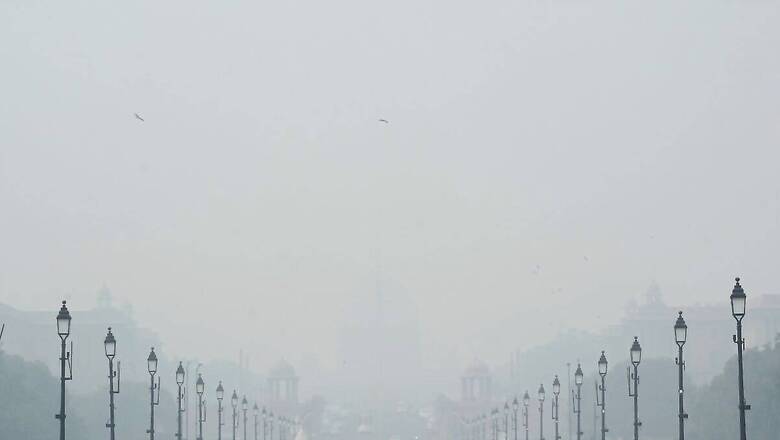
views
Numbers issued by the Ministry of Environment, Forest and Climate Change (MoEFCC) on October 31 claimed that the daily average air quality in Delhi for the 10-month period between January and October 2023 registered its best index when compared to the corresponding period during the last six years, with 2020 being an exception.
However, Delhi’s AQI slipped into the ‘Severe’ category from November 3 and in the first 10 days of November, the city has seen five such days, official data analysed by News18 shows.
As per the daily average Air Quality Index (AQI) issued by the Central Pollution Control Board (CPCB), starting from November 3, Delhi has been witnessing ‘Severe’ air days with only Tuesday being an exception when the AQI was under the ‘Very Poor’ category. On the intervening night of Thursday and Friday, Delhi and the National Capital Region (NCR) received rainfall that provided the much-needed relief to the city in terms of air quality. On Friday, the city’s AQI improved to 279 under the ‘poor’ category, as per the daily bulletin issued by CPCB at 4pm.
An AQI between 0-50 is considered ‘good’, 51-100 ‘satisfactory’, 101-200 ‘moderate’, 201-300 ‘poor’, 301-400 ‘very poor’ and 401-500 ‘severe’.
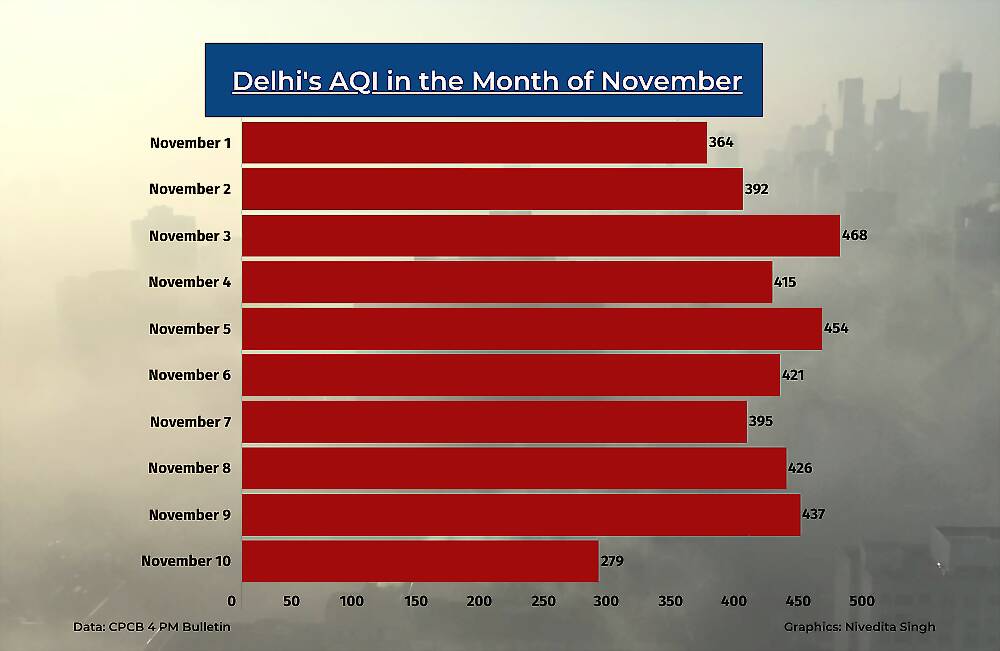
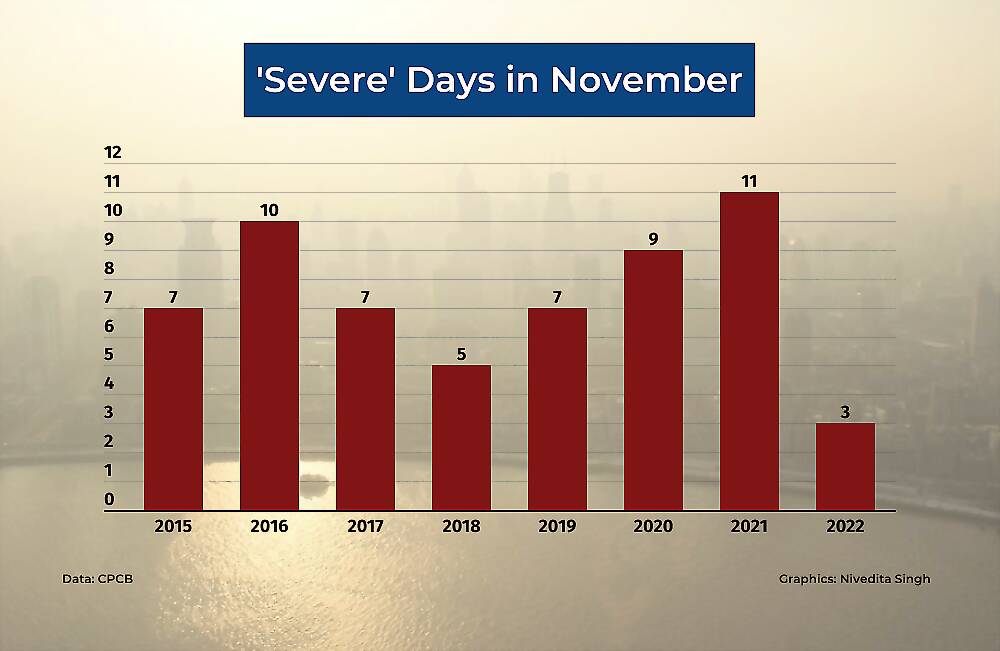
Onset of Winter and Change in Delhi’s AQI
In the first 304 days of 2023, between January 1 and October 31, the national capital witnessed 206 days with “Good” to “Moderate” air quality when the daily average AQI was below 200. It was much better than the last few year’s number, except for 2020.
This year, with the onset of winter around the starting of October, the city’s air quality began dropping. The pattern has been repeated in the last few years. Air pollution became the talk of the town when on November 1, 2016, the city witnessed one of its worst incidents of pollution-induced smog. The PM2.5 and PM10 levels reached 999 µg/m3 in parts of the city. After the incident, the Supreme Court asked the governments in the region to make plans to deal with such a situation.
Within the next few months, MoEFCC came out with the Graded Response Action Plan (GRAP). It involved coordination between multiple agencies in the national capital for pollution control measures depending on the pollution levels.
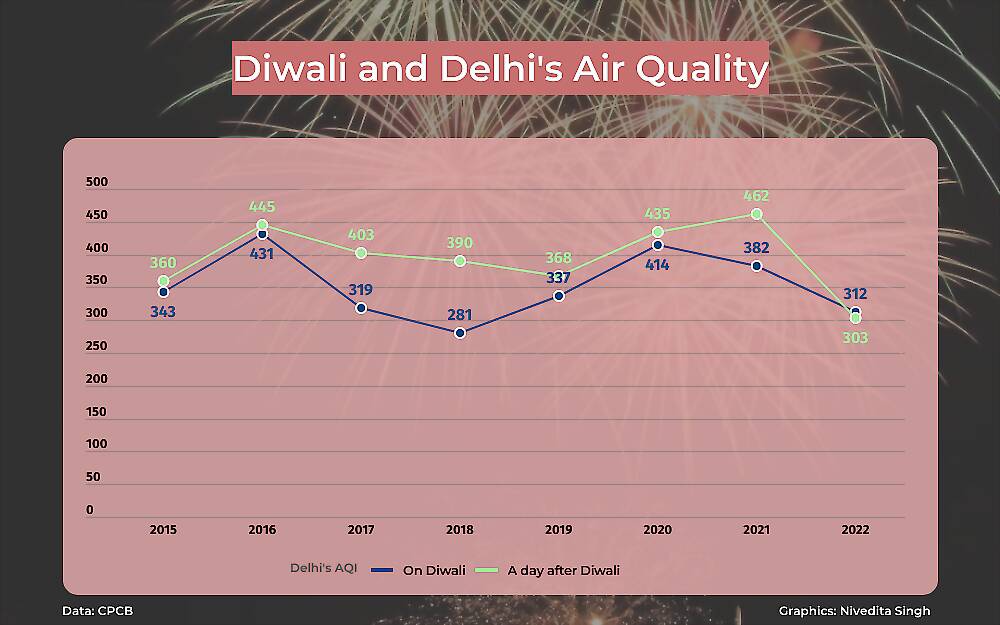
On October 6, Stage 1 of GRAP was implemented and by October 21, the next stage came into picture. On November 2, the third stage was implemented while on November 5, the fourth and final stage came into force. The celebration around Diwali further impacts the city’s AQI. GRAP Stage-III in 2022 was invoked in the last week of October.
Why does this happen every year?
Delhi is a landlocked city with limited resources. Rapid urbanisation along with growth in economic activities in its surrounding areas is responsible for the city’s environmental problems, the city government claims.
“Air pollution, water pollution, loss of biodiversity, noise pollution etc. are the major environmental challenges… Increase in the number of vehicles in Delhi is far faster than construction of roads. Besides large-scale construction activity, the problem of air pollution gets aggravated due to crop residue (parali) burning in NCR and neighbouring states in the winter months which does not favour dispersion of air pollutants,” the Delhi Economic Survey reads.
It also added that Delhi’s environment is highly influenced by different meteorological phenomena. In summer, the particulate is influenced by dust storms from Rajasthan and in winter, by calm conditions and inversion as well as biomass burning in NCR.
Has there been any improvement?
In the first 10 months, the average daily AQI of Delhi was 172 — better than the numbers from the last two years.
Further, during the 2016-19 period, the city was reporting more ‘Poor’ to ‘Severe’ air quality days. However, between 2020 and 2022, Delhi saw more ‘Good’ to ‘Moderate’ air quality days than those with poor air qualities.

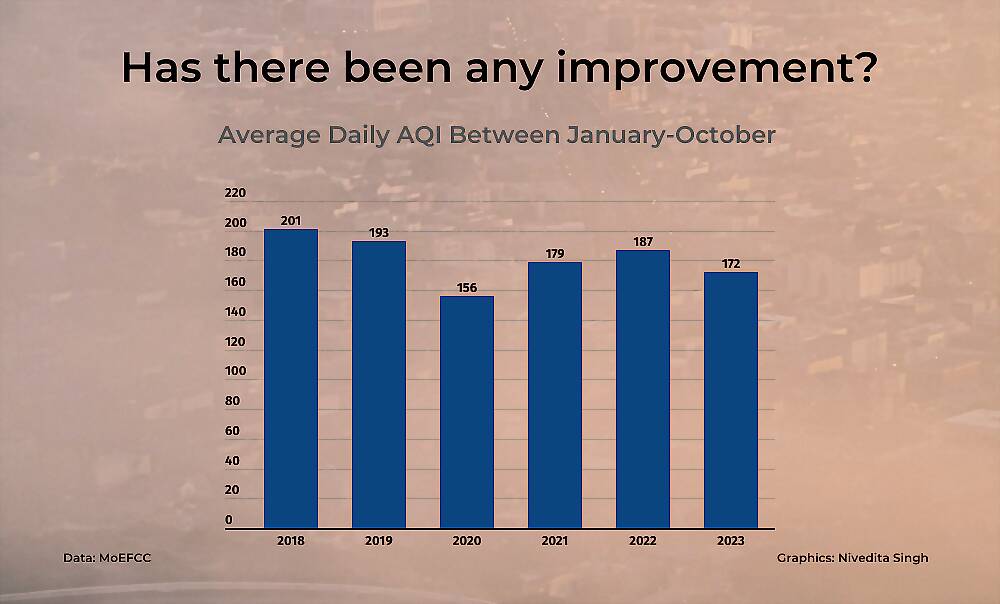
While post 2020, the situation was better, this year the number of ‘severe’ days in November has surpassed last year’s figures. In November 2022, Delhi saw 12 days with ‘poor’ AQI, 15 with ‘very poor’ and three with ‘severe’. This year Delhi has already seen six days with ‘severe’ AQI, even as Diwali is yet to be celebrated.


















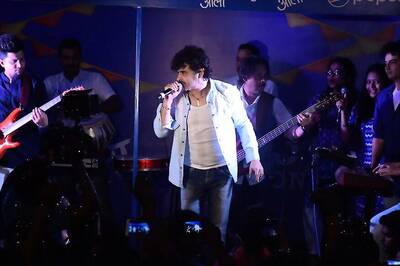

Comments
0 comment